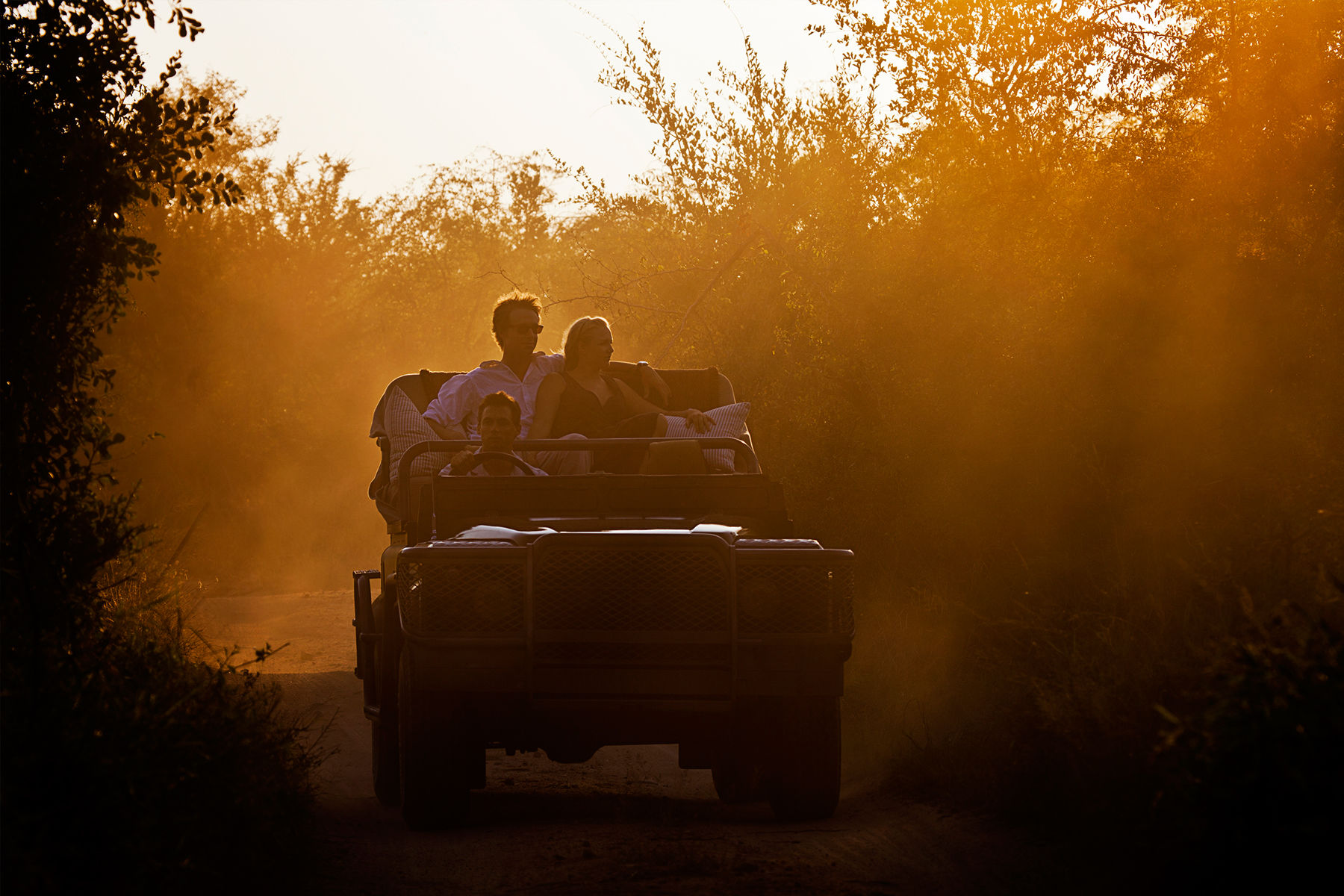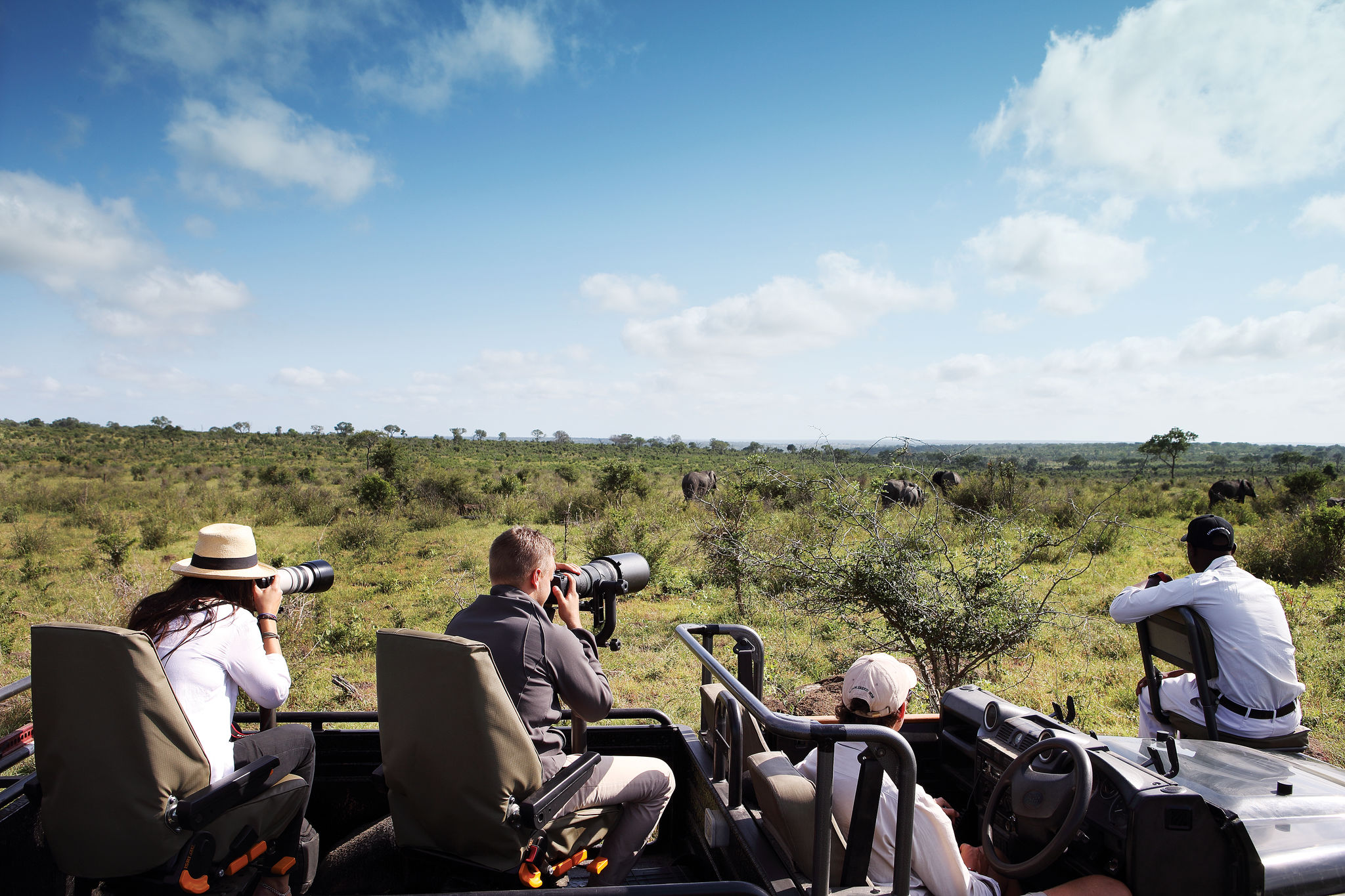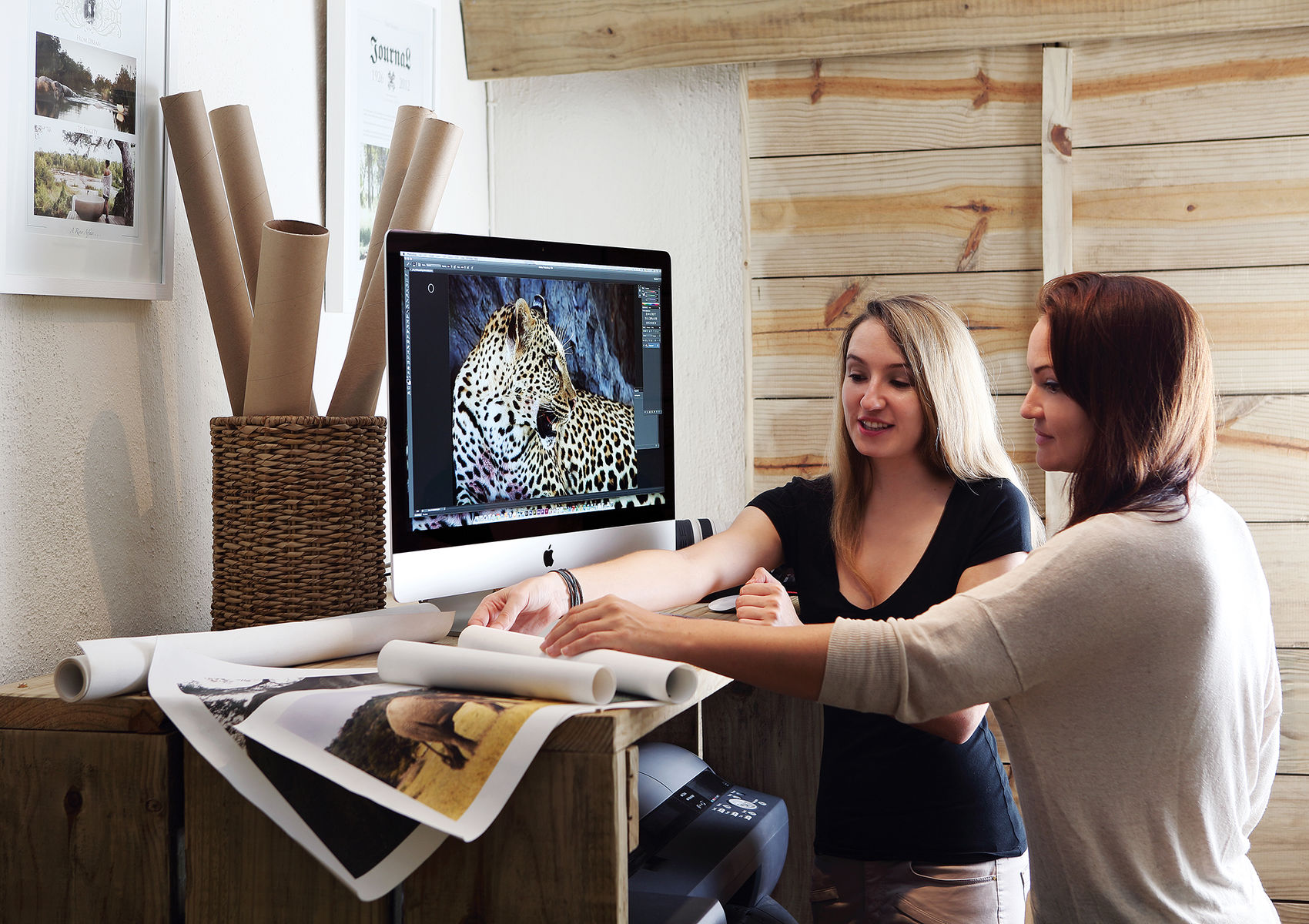When was the last time that an image stopped you in your tracks and stirred emotion? Do you remember when last a piece of music transported you to a different place or a sequence of film moved you so deeply that you felt it in the tight ball in your throat, or the sting of tears in your eyes? Today, before we’ve looked up from the latest Instagram story, or Facebook post, the beauty of life has, quite simply, passed us by.
Photography, in particular, has become so instant. Sudden even. We no longer live in the hope that by pressing the shutter button, we’ve captured something magical on film. We don’t need to wait in anticipation anymore – we simply shoot, review a digital version, delete it if it’s not to our liking and move on. Gone are the days of the ritual of developing our photographs in a dark room- using finesse, ancient wisdom and teaching to create pieces of thoughtful art. Today, through no fault of our own, and by way of incredible technological advancements, we’ve lost the dance of developing to cataloging, importing, manipulating and exporting.
What I think that we, as photographers, can sometimes forget is that we’re artists, honing an art form, and using our art to tell stories. This got me thinking about how, if you sit quietly with yourself and think about your craft, there are ways to return to the soulful side of making photographs, and ways to return to the pleasure that is found in immortalizing one moment in time from our own perspectives… a beautiful window into our souls.

Tip # 1: Be present
Presence, at its essence, is a form of meditation. To be present, you need to really see what’s in front of you. Open up your awareness to life in front of your eyes. As photographers, we inherently see things differently to the rest of the world. That’s what makes our passion our passion. If we actively practice the art of being aware of everything around us – the changes in light, the softness in colour, interesting shapes and form, shadows and bright light, contrasting qualities – we begin to see in high definition. This practice of being present often needs to start before we have even picked up our camera, and often begins with a sense of an internal questioning of the scenes that dance past us each day. A soulful capture is often the returned answer to this question.
I took this image whilst out shooting behind the scenes shots on our Live Guided campaign. We were incredibly lucky to come across this leopard on a cool, overcast morning. While everyone was busy capturing a photograph of guests viewing the leopard, I managed to steal a few seconds to be present with the moment – the colours, the shape of the tree and the interesting gaze of the leopard. I was left wondering what she was thinking …
Being present while taking a photograph often manifests itself in being absolutely silent and still. I remember sitting so still that I forgot to breathe while taking this shot – fixated on the look in the stallion’s eyes as he stood, alert.
Tip # 2: Sink into the feeling of the shot
Feel the shot. Feel the moment. Notice how the scene makes you feel. This is the essence of conveying soul to the shot in order to share it with others. If you feel wonder while you’re making your photograph, chances are that the viewer will feel wonder too.
On another behind the scenes mission, I managed to make this photograph of Amy Attenborough. We were waiting for the perfect light and searching for angles. Unbeknownst to me, Amy had climbed into a nearby tree. As I looked up and noticed her there, I could feel her love of trees so tangibly. She was cradled by these ancient branches and I wanted to capture the feeling I had of this connection between woman and nature as the energy flowed between bark and fingertips.

This photograph of the Piva Male has quickly become one of my favourite shots. It was late afternoon and the light was fading fast. We were following this leopard on an evening patrol of his territory. He was completely unphased by us, but very much aware that we were following him. I felt pure power and presence, and as he turned to look at something to our left, I managed to make this headshot with the beautiful soft colours contrasting against his bold markings and powerful shoulderblades.
I have always found photographing birds such a satisfying thing. They are very hard to capture (their speed and unpredictable movement make them tricky to focus on) and when you do get a good shot it always warrants a pat on the back. I also find them very expressive as subjects, and if you’re quiet and present, slight movements in their heads or body carriage can tell so much of a story. This glossy ibis was fishing for food, and I wanted to capture what felt like a kind of playfulness to me. The soft colours of the background mirrored the iridescence of the ibis’ feathers, another element I find so pleasing to the eye.
Tip # 3: Be slow and considered
Bringing the soul into your photography takes planning and patience. While you can get some shots by pure chance, it takes time to be present and to be aware, and it takes time to feel. You need to sit with yourself and in the quiet moments, let the soul come through. Often a photograph can’t be made in the first instant. Like a good cup of tea, the flavor takes time to brew and intensify. So too does it require consideration to release the feeling you want to bring across in your story.
When I first started thinking about writing this story I immediately took inspiration from this shot. And as I searched through my image library for the right photographs to share with you, I kept being drawn to landscape shots. It can often be so difficult to accurately capture the feeling of a place, and when you manage to achieve that, it can be one of the most soulful experiences. This shot was taken between downpours in the North of our property. Previous shots had come out dark and uninteresting. But then, out of nowhere, shards of silver light burst through the ominous clouds and it felt like something bigger than ourselves was showing through… Proof that slowing things down and waiting for the perfect moment makes all the difference.
Every time I look at this photograph I get the feeling of the milky way falling from the sky as if to pepper the horizon with millions of tiny flecks of light. Capturing the night sky fills us with absolute wonder and forces us, as photographers, to slow down, consider the light, consider composition and think about the purpose of our shot… All the while setting the intention of filling the viewer with the wonder of being under African skies.
Tip # 4: Become a storyteller, not just a photographer
Think of the beginning, the middle and the end of your shot, and how you want someone to take in the information in front of them. Plan where you want them to start thinking. Is there a question you want them to ask about the shot that will lead them to the rest of your story? Is there a better composition that will allow the eye to enter from one side and amble through the shot to the end of the story? Plan your shot, not in terms of one single moment, but as a layered story for the viewer to get lost in.
The journey of this pack of jackal pups inspired me to put together a photographic journal on them. It isn’t technically the best photograph, but a few things came together to create a story in one shot. The fact that I was at eye-level with the jackals; the leading perspective of the track that draws your eye to the center and the exit line of the road in the distance, all give a feeling of entering the shot and traveling along with these pups as they trot into their future on Londolozi.
Sometimes the story of a photograph comes in the form of the questions it asks of the viewer. I love the story within a story that this photograph creates as Don Heyneke kneels down to look for tracks in a drainage line while we were out on a bush walk one afternoon. The ancient art of tracking is, in and of itself, a story waiting to be told. The complete focus with which Don was searching the ground for tracks to piece together creates a question… “What is he looking at? What’s there?” The way that the dappled light spotlights his arm, leading our eye to his hand perfectly rounded out the story I wanted to tell with this shot.
Tip # 5: Craft this story and the journey of the eye by using light and texture
Neurologically, our eyes are drawn to areas that are bright, or areas that are sharply in focus- both forms of contrast (just as our cameras seek contrast in order to focus). We can become expert story-tellers by crafting the journey that the eye takes when viewing our photograph. By accentuating light areas, we pull the eye’s attention to them. By creating areas of large contrast by increasing clarity and sharpness, we can guide the eye in certain directions. All of this can be used to get the eye to enter the frame at a certain point (as Ansel Adams did with ‘the push’) and then land on key areas… like puzzle pieces to pull the story together. Identify these parts of your photograph and enhance them through the editing process to guide the eye around your story.
I almost rejected this shot when I saw it in colour. The colours were dull, and there wasn’t much contrast or interest. But, what did catch my attention was the form of this lion’s huge paws swinging as she walked, and feeling of rhythm and purpose. As I transformed it into black and white, her reflection came to life. By lightning the areas of focus, and darkening the parts I didn’t want the eye to land on first, I crafted the journey that I wanted the viewer’s eye to take. The resulting mercurial feel of this photograph left me with the feeling that we’re never truly alone.
The glint in this Tawny Eagle’s eye and the beautiful contrast of its light and dark feathers against a grey sky meant that there was no doubt where the viewer’s eye would land. The incredible curve of its wing feathers also provided the perfect scoop to draw attention out of shot, creating a question of where this magnificent bird was off to…
In a world where instant gratification is the name of the game, we’re compelled- now more than ever- to slow down and return to more ancient ways. We can’t allow ourselves to forget the power of presence, of feeling things deeply and of sharing stories that will enable us to immortalize all of life’s lessons, instead of letting them pass by without touching down. When everything from shopping online to communicating with loved ones is done with the swift click of a mouse, it couldn’t be a better time to bring purpose back by remembering what it’s like to feel one’s soul through a single photograph.











